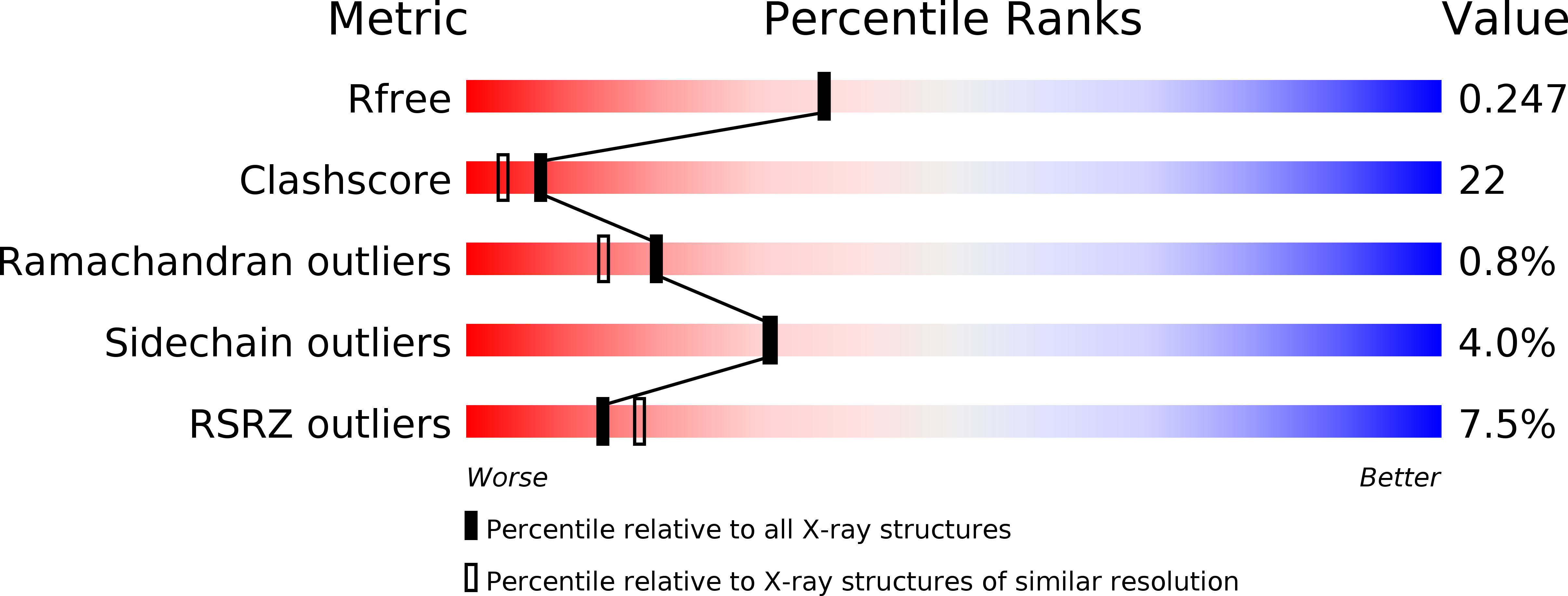
Deposition Date
2002-11-04
Release Date
2003-02-18
Last Version Date
2024-02-14
Method Details:
Experimental Method:
Resolution:
2.11 Å
R-Value Free:
0.24
R-Value Work:
0.22
Space Group:
P 32 2 1


